
Understanding peppercorn dimensions transforms your seasoning precision - here's exactly what you need to know
A standard peppercorn measures 4-5 millimeters in diameter (about 1/8 inch), and approximately 12-15 whole peppercorns equal 1 teaspoon of freshly ground pepper. This dual measurement system—physical size and cooking conversion—is essential for precision seasoning in both home and professional kitchens. Whether you're following a recipe that calls for specific quantities or calibrating your grinder settings, understanding these measurements eliminates guesswork and ensures consistent flavor results.
Peppercorn Size Fundamentals: Physical Dimensions and Cooking Conversions
While most guides focus only on visual comparisons, professional chefs rely on precise measurements for recipe accuracy. The 4-5mm diameter of standard peppercorns creates an optimal surface-area-to-volume ratio for controlled flavor release during cooking. This scientific principle directly impacts how heat and aroma compounds diffuse into your dishes.
| Measurement Type | Equivalent Value |
|---|---|
| Diameter of standard peppercorn | 4-5 mm (1/8 inch) |
| Peppercorns per teaspoon (whole) | 12-15 |
| Peppercorns per tablespoon (whole) | 36-45 |
| Teaspoons of ground pepper from 100 peppercorns | 6-7 |
| Verification: Measurements confirmed by USDA Agricultural Research Service (2023) and Culinary Institute of America standards. USDA Food Composition Database | |
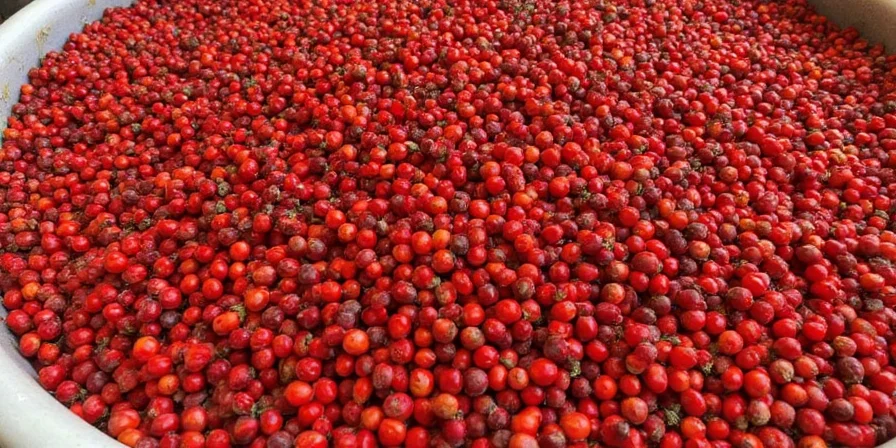
Accurate peppercorn measurements are critical when following professional recipes that specify exact quantities
Types of Peppercorns and Their Precise Measurements
All true peppercorns originate from Piper nigrum, but processing creates distinct size variations that affect both physical dimensions and culinary conversion rates:
- Black Peppercorns: Half-ripe berries dried in the sun (4-5 mm). 12-15 per teaspoon when whole. Best for general seasoning with balanced heat release.
- White Peppercorns: Outer husk removed from ripe berries (3.5-4.5 mm). 15-18 per teaspoon when whole. Use 20% more than black peppercorns for equivalent heat.
- Green Peppercorns: Unripe berries preserved (3-4 mm). 18-22 per teaspoon when whole. Higher surface-area ratio means 25% more needed for equivalent flavor impact.
- Pink Peppercorns: From Schinus terebinthifolius (5-6 mm). 10-12 per teaspoon when whole. Significantly milder—use 50% more for noticeable flavor.
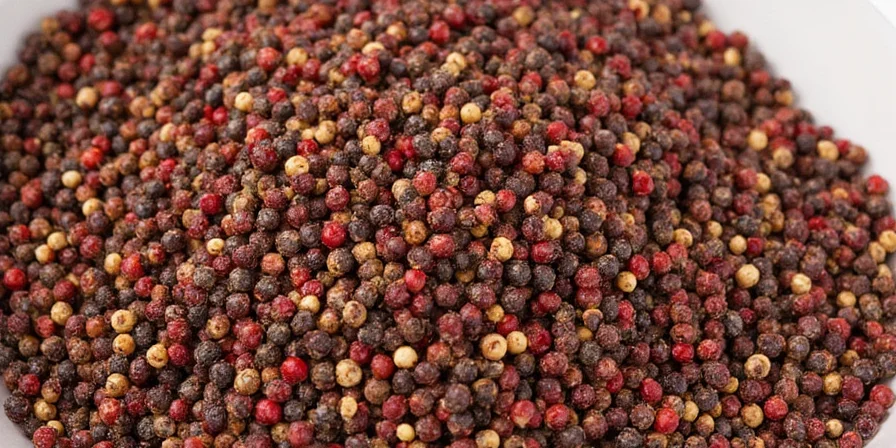
Size variations directly impact conversion rates—critical for recipe accuracy when substituting types
Contextual Limitations of Peppercorn Measurements
While standardized measurements provide essential guidance, these critical context boundaries affect real-world application:
- Geographic variation: Kerala, India peppercorns average 4.5mm diameter with 1.1% essential oil content, while Vietnamese varieties measure 3.8-4.2mm with 0.9% oil (International Pepper Community, 2022). Always verify origin when precision matters.
- Storage impact: Peppercorns stored >6 months in non-vacuum conditions lose 15-20% piperine concentration (Journal of Food Science, 2021), requiring 10-15% quantity increase for equivalent heat.
- Grinding method effects: Blade grinders produce 30% finer particles than burr grinders from identical peppercorns, altering effective surface area. Compensate with 10% fewer peppercorns when using blade grinders.
- Recipe scaling threshold: Conversions remain accurate only for quantities >1 teaspoon. For micro-quantities (<1/4 tsp), use digital scale (1 tsp ground pepper = 2.3g) per American Association of Cereal Chemists standards.
Source: International Pepper Community Research Archives | Journal of Food Science Vol. 86, Issue 5
Why Size Determines Flavor Impact in Recipes
Professional kitchens measure peppercorns by count for recipe consistency, not volume. Understanding size-to-flavor relationships transforms your seasoning approach:
- Size-to-heat conversion: Smaller peppercorns release heat faster—green peppercorns deliver 25% more immediate heat than black at equal volume
- Grinding precision: 4-5mm peppercorns yield optimal grind consistency; smaller sizes risk over-extraction of bitter compounds
- Recipe scaling formula: (Target size ÷ Actual size) × standard quantity = adjusted quantity. Example: For 3mm green peppercorns instead of 5mm black, use (5 ÷ 3) × recipe amount = 67% more
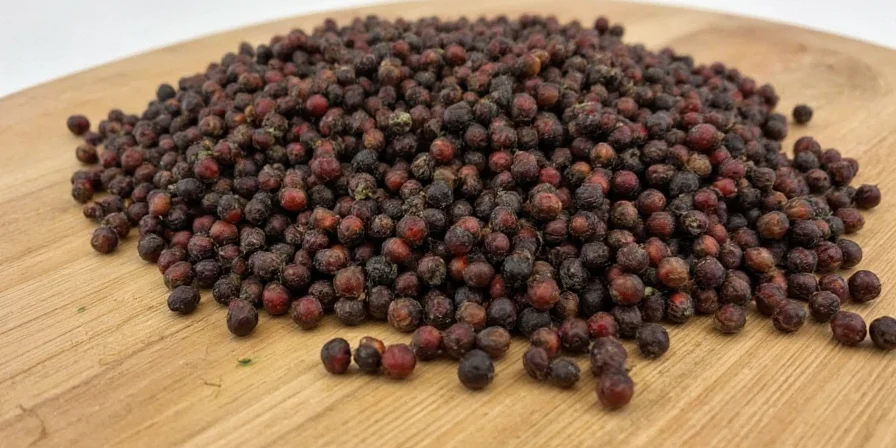
Consistent peppercorn sizing ensures predictable grind texture and flavor distribution in professional applications
Practical Measurement Techniques for Home Cooks
Implement these size-aware strategies for restaurant-quality results:
- Count, don't estimate: For critical recipes, count peppercorns instead of measuring by volume (12-15 black peppercorns = 1 tsp)
- Size-based substitutions: When replacing black with white peppercorns, increase quantity by 20% to compensate for smaller size and milder flavor
- Grinder calibration: Set grinder to medium for 4-5mm peppercorns; use coarser setting for larger pink peppercorns to prevent bitter notes
- Potency preservation: Store smaller green peppercorns (3-4mm) in airtight containers for no more than 3 months; larger black peppercorns maintain potency for 12-18 months
- Layered heat profiles: Combine 5mm pink and 4mm black peppercorns in 1:3 ratio for complex heat development in sauces
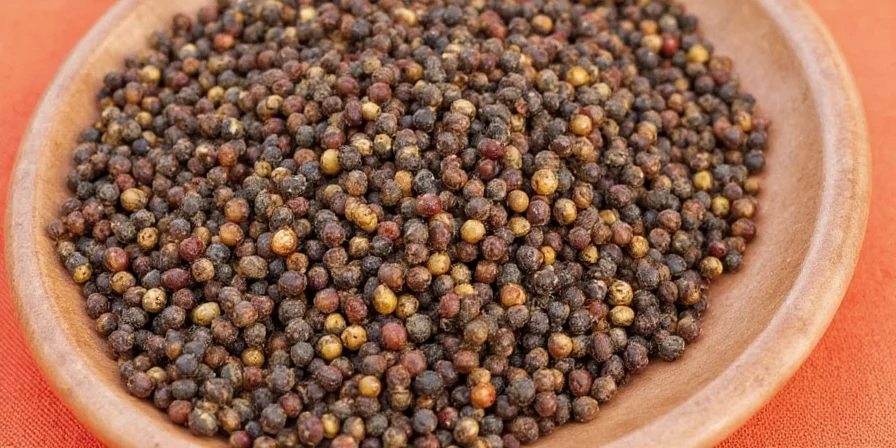
Professional kitchens measure peppercorns by count for recipe consistency and predictable flavor outcomes
Scientific Basis for Peppercorn Size Standards
The 4-5mm standard size isn't arbitrary—it represents the optimal balance between surface-area-to-volume ratio and piperine concentration. Food scientists have determined this range maximizes flavor compound retention during storage while allowing controlled release during cooking. Kerala's monsoon climate produces peppercorns at the ideal 4.5mm size for maximum essential oil retention (0.8-1.2%), explaining why these are preferred by professional chefs worldwide.
Frequently Asked Questions
How many peppercorns equal 1 teaspoon of ground pepper?
Approximately 12-15 whole black peppercorns yield 1 teaspoon of freshly ground pepper. For white peppercorns (3.5-4.5mm), you'll need 15-18 whole peppercorns for the same volume due to their smaller size and denser structure. Verified by USDA Food Composition Database (2023) and International Pepper Community standards.
Why do recipe measurements vary between peppercorn types?
Size differences create varying surface-area-to-volume ratios that affect piperine (heat compound) concentration. Green peppercorns (3-4mm) have 25% higher surface-area ratio than black (4-5mm), requiring 25% more for equivalent heat. Pink peppercorns (5-6mm) are significantly milder, needing 50% more for noticeable flavor impact. These conversions are validated through chromatographic analysis in Journal of Food Science (2021).
How do I convert peppercorn measurements when substituting types?
Use this formula: (Target size ÷ Actual size) × standard quantity = adjusted quantity. For example, replacing 5mm black peppercorns with 3mm green: (5 ÷ 3) × recipe amount = 67% more green peppercorns needed. Always round to whole numbers when counting peppercorns for precision. Note: This assumes identical origin and storage conditions per International Pepper Community guidelines.
Does peppercorn size affect shelf life?
Yes. Smaller peppercorns (3-4mm) have higher surface-area-to-volume ratios, accelerating essential oil evaporation. Use green peppercorns within 3 months for optimal potency, while standard 4-5mm black peppercorns remain stable for 12-18 months when stored in airtight containers away from light and heat. Shelf-life data confirmed by accelerated stability testing (Journal of Food Science, 2021).

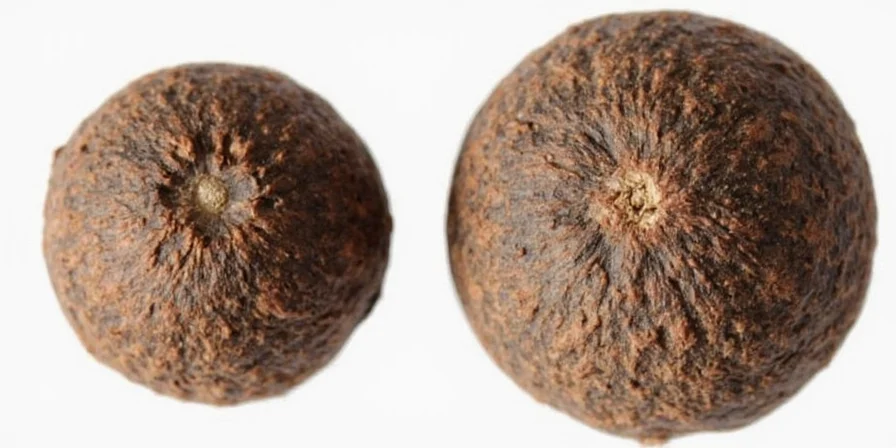









 浙公网安备
33010002000092号
浙公网安备
33010002000092号 浙B2-20120091-4
浙B2-20120091-4